I have a .net Core 2 API setup with some test function. (Visual Studio 2017)
Using postman I do a post with the raw data to that method, but the model is just blank? Why?
// POST api/Product/test
[HttpPost]
[Route("test")]
public object test(MyTestModel model)
{
try
{
var a = model.SomeTestParam;
return Ok("Yey");
}
catch (Exception ex)
{
return BadRequest(new { message = ex.Message });
}
}
public class MyTestModel
{
public int SomeTestParam { get; set; }
}

